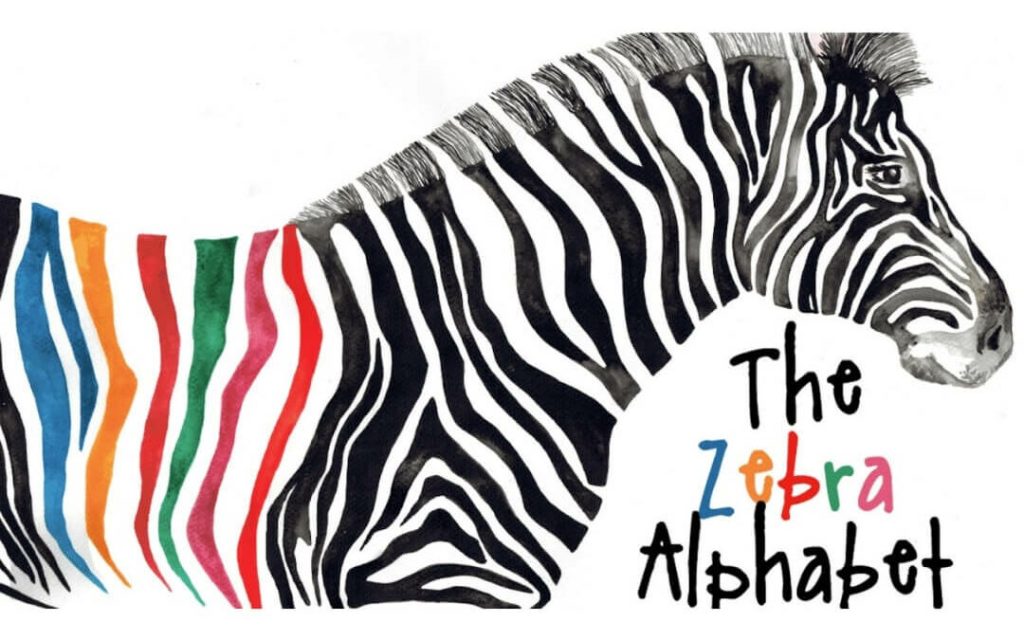The Zebra Alphabet
In my recent conversation with Dr. Aditi Kantipuly, she explained her journey in writing a children’s book on rare medical conditions titled “Zebra Alphabet.” The book aims to give support, bring awareness, and help us embrace our stripes!
Even from childhood, Dr. Kantipuly was fascinated by rare conditions. However, she knew that because of their unusual nature, most people knew very little about them. She later got the opportunity to conduct research during her US Fulbright Student Scholarship in India, where she met various families in all 28 states that experienced rare medical conditions. The stories she heard and witnessed inspired her to help by reaching more people, apart from those affected.
How Was The Book Created?
“Everybody knows the alphabet, right? English is a popular language around the world. Combining the English alphabet and rare conditions, is how the book was born,” states Dr. Kantipuly. As easy as ABC, she devised a system of educating the public!
Using the 26 letters of the alphabet (A-Z) and watercolor art by a Romanian painter, Diana Cojocaru, Dr. Kantipuly made complex conditions into beautiful story illustrations that children could relate to regularly. To add to the creativity, she also incorporated rhymes in her book as she was a fan of Dr. Seuss growing up, “Dr. Seuss meets rare conditions, that’s what I like to say!” she states.
Visual Snow Syndrome: Letter V
Each alphabet letter represents one rare medical condition, and “V” represents Visual Snow Syndrome in her book.
A representation of Visual Snow Syndrome allows children and communities worldwide to recognize the condition.
According to Dr. Kantipuly, the name was a “perfect fit” since it already contained a widely recognized concept to children, “snow”. This would immediately pique their interest to learn more about the condition at a young age.
In addition, to help raise more money, Kennedy Krieger Institute displayed the snowman painting representing Visual Snow Syndrome in the exhibit “The Zebra Alphabet” at Monument Sotheby’s International Realty in Roland Park. The snowman illustration and the winter sets represent one of the most common symptoms of Visual Snow Syndrome, in which the patient sees snow-like dots in their field of vision (Visual Snow).

Book Highlights
Dr.Kantipuly mentions her most significant achievement was the letters received from families after reading her book. She states that the most gratifying achievement is when someone writes to express how the book has impacted them.
As Dr.Kantipuly explains, she received a letter from a father saying it brought tears to his eyes because he could explain to his daughters what living with a rare condition meant. Letters of this nature indicate that the book went beyond “awareness and education; it profoundly impacted the readers.”
“Good art evokes emotion, but great art evokes connection; if the Zebra Alphabet can achieve both, it’s truly more than what I ever thought would be possible with a children’s book,” states Dr.Kantipuly.
Her goal is to introduce these topics at a young age as a set curriculum for the school year. Thus, she states the next step is to find a sustainable way to print hardcover copies of the book.
Moreover, her ultimate goal in the future is for the book to be distributed around the world.
Message to the VSS Community
” The most important thing is to share your journey with others and speak up. That’s how we get better policies and better treatments. It all begins with a simple conversation.” – Dr. Aditi Kantipuly.
How Can You Help?
Dr. Kantipuly welcomes support in any form! You can reach her on Instagram @zebraalphabet or by email at thezebrabook@gmail.com to support or purchase her book. To receive updates on her project, you can subscribe at https://thezebrabook.com/




